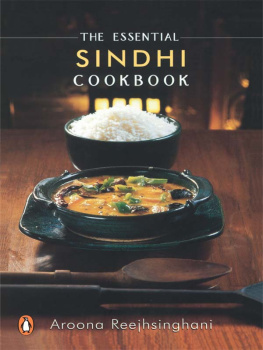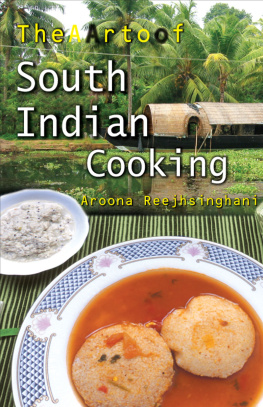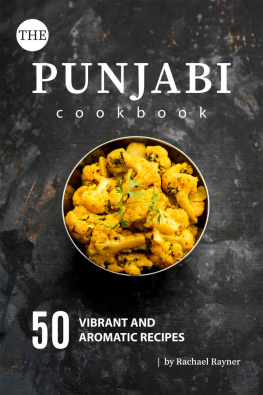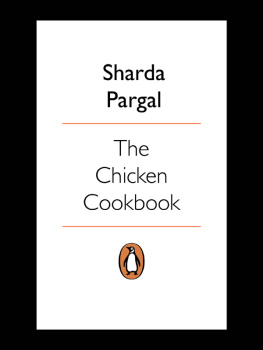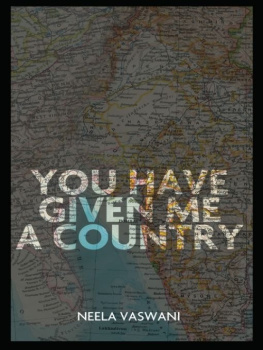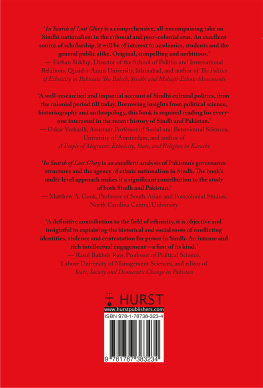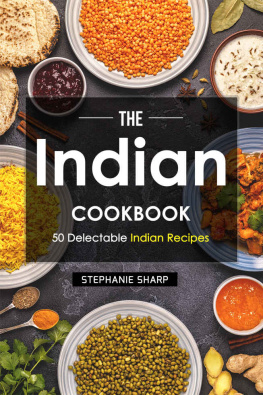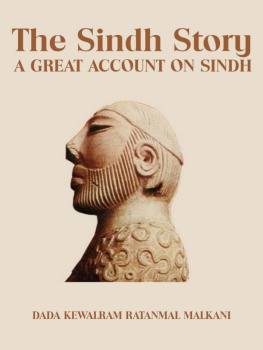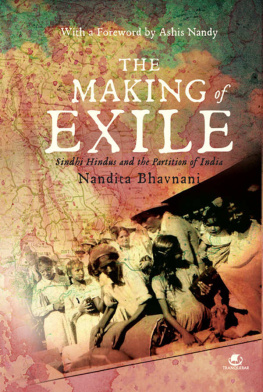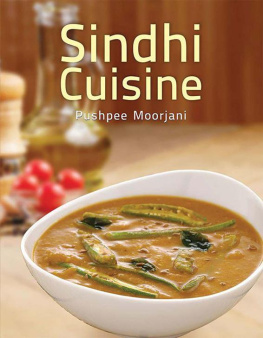Introduction
Though Sindh is now in Pakistan, the land was once a part of the great mosaic that was India. The Ramayana and the Mahabharata, the two ancient Indian epics, refer to the land of Sindh and its kings. According to the Ramayana a Sindhi king was part of the royal assembly that had gathered to pay respects to Lord Rama at his naming ceremony. In the Mahabharata the raja of Sindh, Jayadratha, plays an even more central role as he is married to the only sister of the Kauravas and takes part in the eighteen-day war. The Mahabharata also tells us that Lord Krishnas son Samb ruled Sindh, and today some communities of Sindh consider themselves his direct descendants.
Many historians are of the view that Sindhis have their roots in the Harappan civilization. After the Aryans occupied the Indus Valley, their culture, language and religion intermingled with that of the indigenous people and the amalgam produced the people of Sindh.
With the Partition of the Indian subcontinent in 1947, many Sindhis were uprooted from their homeland. Though they have made their homes in different parts of the world, they still feel connected to Sindh. The hopes and aspirations of the children of Sindh, their search for their roots and their desire to know more about their motherland has inspired me to write this book.
I have written it in the hope of keeping the customs and traditions of Sindh alive and the following pages provide a brief glimpse of a bygone era when the people of Sindh were in the land of their birth.
WHO IS A SINDHI
The history of this highly civilized and cultured people goes back over 7000 years to the great Harappan civilization that evolved along the banks of the Sindhu River. The vast river flowing down the plains of Bharatvarsha and its fertile land attracted not only the Aryans who settled down along its banks but also the Turks, Arabs, Sama, Soomars, Kalhoras, Talpurs and finally the British.
During the early Muslim conquests, the people of Sindh were subjected to reckless slaughter and forcible conversions and temples were pulled down. In spite of this, the spirit of Sindhiyat, Sindhi culture, could not be subdued. The spirit of tolerance, cooperation, hospitality and compassion continued to flourish and it inspired many Sindhi Sufi poets like Sachal, Shah Abdul Latiff and Roohal to create lofty and divine kalaams or songs.
The Partition resulted in the migration of Sindhis from their motherland and many of them became refugees. They were scattered across the globe, but wherever they settled they took their customs, culture, festivals, literature and religion with them. They are enterprising, hardworking, industrious and full of faith and courage. Armed with an indomitable faith in God, the noble principles of their saints and seers, and a resolute determination to succeed, they have succeeded in whatever they have undertaken. They have won laurels in the fields of education, medicine, law, science, technology, creative arts and above all philanthropybuilding educational institutes, hospitals, dharamshalas, orphanages, temples etc., wherever they settled.
The Sindhis are a cosmopolitan community who transcend all castes and racial, religious and national barriers.
SOME IMPORTANT CITIES OF SINDH
Karachi
Karachi, the capital of Sindh, is to Pakistan what Mumbai is to India, because of its cosmopolitan outlook, its social activities, its modernity and its grandeur, and above all its nearness to the sea. Originally a fishing village, it was called Kalachi, after a beautiful fisherwoman. With the advent of British rule the name was changed to Karachi and this small fishing village became the most important city of Sindh.
The hub of political, social, cultural and commercial sectors of the region, Karachi became famous for its cosmopolitan outlook.
Manahori Island, in the sea off Karachi, was used for trading. It has a temple dedicated to Lord Darya Shah, who is also known as Jhulelal or Uderolal. He is an incarnation of Lord Vishnu and the greatest of all the gods worshipped by Sindhis. Despite being surrounded by the sea, the temple has a sweet-water well, which is considered a miracle by many. Every Sunday thousands of people visited the island to pray at the temple and later enjoy a picnic.
Another famous temple in Karachi is Rataneswar Mahadav in Clifton. Situated in a dark cave below sea level, it is made entirely of marble. It has a lingam of Lord Mahadev in the shape of the zero, indicating that the world is nothing but a dream. This temple too contains a spring of sweet water, which is believed to have many miraculous properties.
Ram Jharokh Lake lies between the hills of Clifton and Manohari Island. It is said that Lord Rama, Sita and Lakshman rested here before starting on their journey to the Himalaya.
Malir, situated about 24 kilometres from the centre of Karachi, has many beautiful gardens and was a famous picnic spot.
Hyderabad
After Karachi, Hyderabad was perhaps the most magnificent city in Sindh. The River Phuleli forms a curve around it. On one side of the river are beautiful, well-laid-out gardens. One of the great attractions in these gardens is a wonderful herb, which is green and fresh throughout the year. Amazingly, if a male touches it, it starts closing its leaves, but if a female touches it, the plant does not react. It was therefore called sharam booti, flower of modesty, and people came from far and wide to see it while also enjoying a picnic in the gardens.

